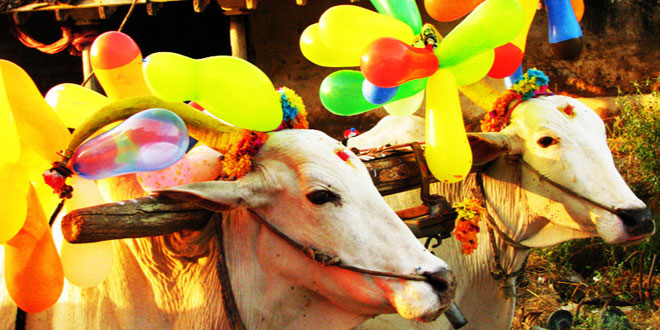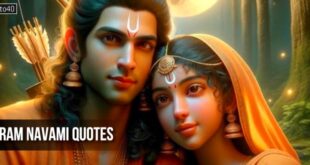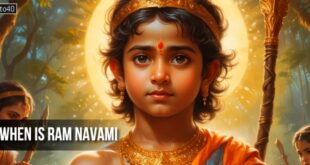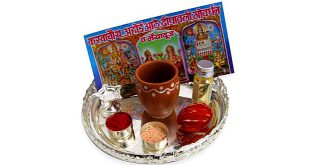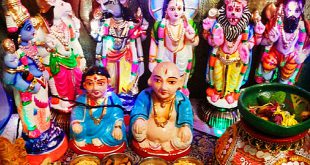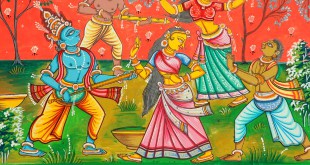What is the Significance of Pongal festival? Everybody knows about the celebration of Pongal but hardly anyone knows about its significance and meaning. People celebrating Pongal should be aware of the meaning & significance of the important rituals associated with this harvest festival.
Pongal or Thai Pongal is also called Makar Sankranti, since it is celebrated on the first day of Thai when the Sun enters the Makara Rasi (Capricornus). This signals the end of winter and the onset of spring throughout the northern hemisphere. For the next six months, the days are longer and warmer. The period is regarded auspicious and referred to as Uttarayan Punyakalam. The festival of Pongal is celebrated for a period of four-day. The first day, Bhogi, is celebrated on the last day of the month of Margazhi. On this day, people decorate their homesand paints it. New vessels are bought and old and unwanted things burnt. Indra Vizha was celebrated in honor of Lord Indra, also called Bhogi, the God of thunder and rain. Scholars have linked these two festivals and similarity in their celebration.
The second day is Perum Pongal, the most important. It is also called Surya Pongal because people worship Surya, the Sun God and his consorts, Chaya and Samgnya. Women decorate the central courtyard of their homes with beautiful kolams, done with rice flour and bordered with red clay. There are several legends associated with Perum Pongal.
The third day is Mattu Pongal, celebrated to glorify cattle that help farmers in a myriad ways. On this day, the cows are bathed and decorated with vermilion and garlands and fed. In certain villages in southern Tamil Nadu, a bullfight called manji-virattu is held in the evening. In most urban homes, the day is celebrated as Kannu Pongal. Women for the well being of their brothers offer special prayers. It is that part of the festival when families used to gather on the riverbanks and have a sumptuous meal (kootanchoru). It is also time for some traditional dances such as kummi and kolattam. In recent years, that day is celebrated as Uzhavar Tirunal in honor of farmers.
 Kids Portal For Parents India Kids Network
Kids Portal For Parents India Kids Network
